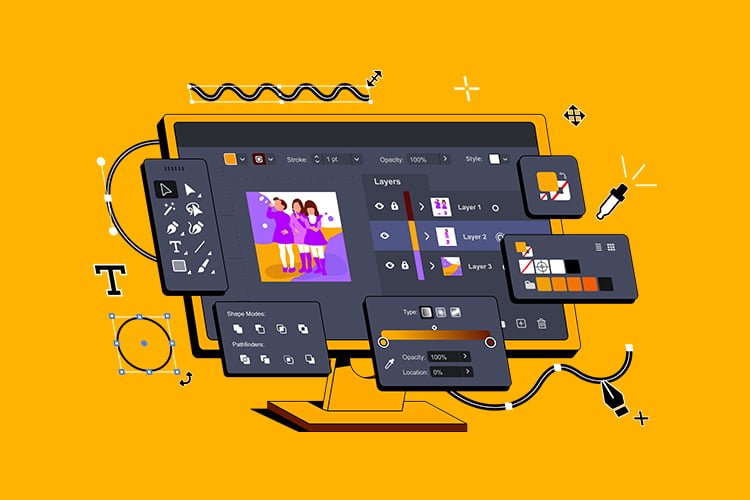© Copyright 2024 Skills Sikhoo
Demo Lecture For Online & Classroom ! Hurry Up
Are you struggling to establish yourself in the IT sector? Surprisingly, companies are also working to find students with the proper training and knowledge.
This gap exists due to outdated curricula and the lack of industry-ready training programs.
Skill Sikhoo bridges this divide by offering the finest Full Stack Java Development Course in Pune. Our comprehensive training covers Core Java, Advanced Java, Spring Framework, Hibernate, HTML, CSS, Bootstrap, and JavaScript essentials for Angular Training. Whether you’re a fresher or a seasoned professional, our experts provide tailored guidance and long-term support to propel your career forward.
Unlock your potential with Skill Sikhoo and embark on a rewarding journey in the IT industry.
Module 1
Core Java
Basics of Java
OOPS Concepts
String Handling
Exception Handling
Nested Classes
Multithreading
Synchronization
Input and output
Serialization
Generics
Collection
Servlet
Basics of Servlet
Servlet Request
Servlet Collaboration
Servlet Config
Servlet Context
Attribute
Session Tracking
Event and Listener
Filter
Annotation Servlet
JSP
Basics of JSP
Scripting elements
9 Implicit Objects
Directive Elements
Exception Handling
Action Elements
Expression Language
MVC in JSP
JSTL
_____________
Custom tags
Design Pattern
Maven
Working with IDE
Working with Servers
Servers
Spring Core
What is Framework
Spring MVC
Introduction to Spring Boot
Spring Security
Hibernate4.x
Hibernate Tutorial
HB Introduction
Hibernate with Eclipse
Hibernate Example
Logging Tool
Inheritance Mapping
Hibernate Mapping
Projection And Criteria
Mini Project
Module 2
Section: 1 TypeScript
Section: 2 Introduction of Angular
Section: 3 Data Binding and Handling Events
Section: 4 Building Re-usable Components
Section: 5 Directives& Pipes
Section: 6 Consuming Services and HTTP Services
Section: 7 Routing and Navigation
Section: 8 Bootstrap and Template-driven Forms
Full Stack Developer Project
Our comprehensive web development course is ideal for graduates aiming to initiate or advance their careers and become proficient full-stack web professionals in the IT industry. Individuals with prior knowledge of HTML, CSS, JavaScript, jQuery, and AJAX can also benefit significantly from this job-oriented, focused, full-stack Java development training in Pune.
Classes are conducted both offline and online, providing flexibility to choose based on your convenience. We recommend offline classes where our top IT faculties deliver regular lectures and hands-on training in our fully equipped computer labs.
Wait for the trainer to admit you, typically taking 5 to 10 minutes. Ensure you’re using the latest version of Chrome browser and check your headphones and mic.
Check your internet connection with a minimum speed of 10MBPS. Avoid using Mobile or tablet devices. Utilize a stable and uninterrupted internet connection.
We prioritize discipline and encourage adherence to timelines. If unable to complete the training within the specified period, you can complete it within six months of enrollment. However, after six months, you will not be eligible for further learning or certification in the same course.
While we recommend using a laptop for simultaneous coding with the trainer, mobile phones are suitable for theory sessions.
Yes, you can enroll in multiple courses simultaneously if their timings do not overlap. Contact our team for potential discounts.



We are empowering careers with top-notch training in digital marketing, UX/UI design, full-stack JAVA development, and coding. Unlock your potential today.
© Copyright 2024 Skills Sikhoo